Motorcycle Hand Signals Every Rider Needs to Know for Safer Rides
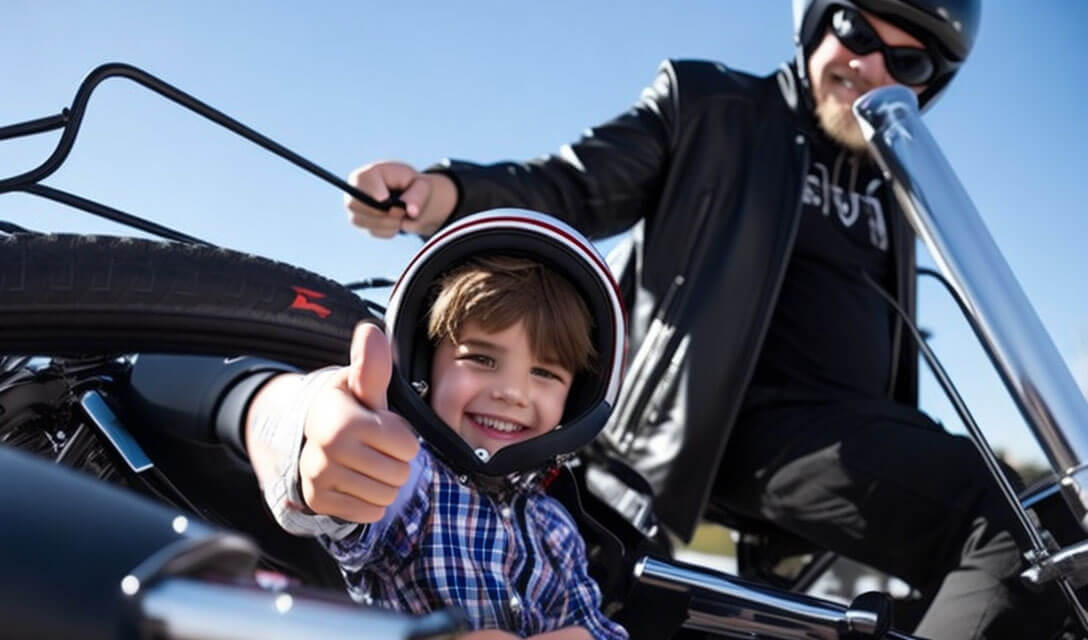
In the complex ballet of road traffic, motorcycles often seem like the agile dancers, their riders weaving through vehicles with a balance of courage and caution. This unique dance, however, is not as spontaneous as it appears. It’s governed by an intricate system of communication, primarily comprised of motorcycle hand signals, an essential yet often overlooked part of riders’ safety and biker culture.
In the world of bikers, a simple hand gesture can mean the difference between a safe journey and a perilous ride. While every biker is familiar with using turn signals and brake lights, hand signals offer an additional layer of communication. They act as a valuable tool in situations where visibility is low, the electronic signals fail, or when riding in a group. Moreover, these hand signals aren’t only about safety; they have been intricately woven into the fabric of rider culture, strengthening the bond within the community and adding a layer of solidarity that makes every journey more rewarding.
This article delves deep into the realm of motorcycle hand signals, exploring their significance in ensuring a safer ride and their symbolic value in biker culture. From discussing the essential signals every rider should know to unearthing some of the most misunderstood gestures, we aim to provide a comprehensive guide that enlightens new riders and serves as a refresher for the seasoned ones.
While the importance of understanding bikers’ hand signals for overall road safety can’t be overstated, it’s equally crucial to appreciate these signals as a part of the unique biker culture that binds riders together worldwide. So, buckle up and prepare for an enlightening journey through the world of motorcycle hand signals.
The Importance of Motorcycle Hand Signals in Rider Safety
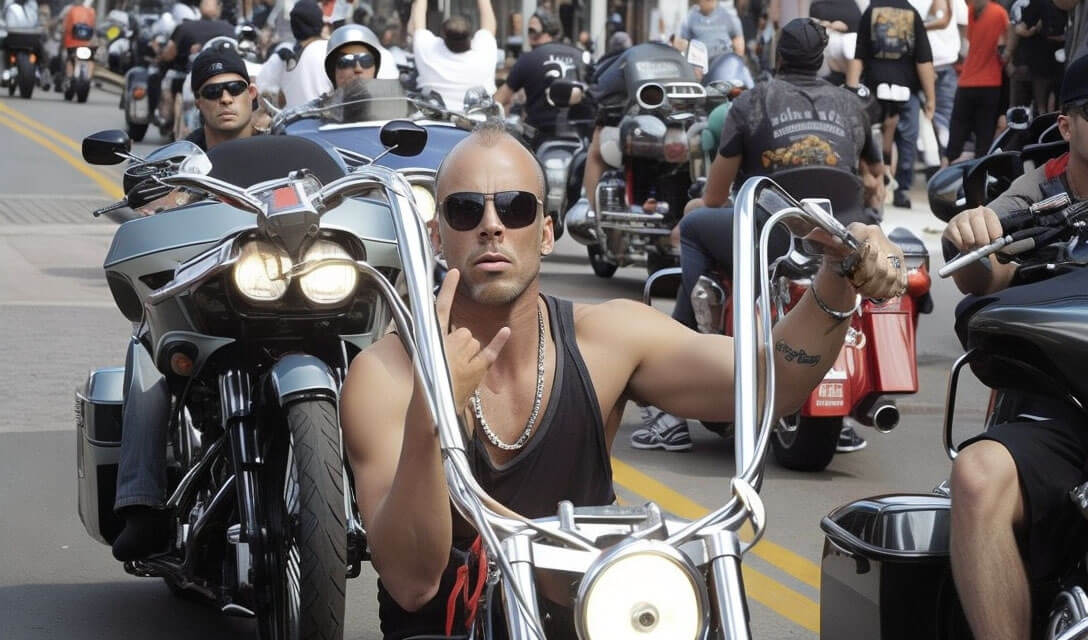
Every day, riders around the world mount their motorcycles and merge into the bustling river of traffic, their safety often hanging by the thread of effective communication. Here, motorcycle hand signals emerge as a lifeline. They serve as the universal language of the road, transcending regional dialects and enabling riders to communicate essential maneuvers to other road users effectively.
Consider this scenario. You’re leading a group of bikers on a winding country road, and you spot a fallen tree branch ahead. Your bike’s electronic signals won’t adequately communicate the hazard, but a well-timed hand signal can warn the group, averting potential mishaps. It’s situations like these that underscore the significance of understanding and using biker hand signals.
The impact of motorcycle hand signals in ensuring riders’ safety becomes more pronounced when we look at statistical data. According to a study by the National Highway Traffic Safety Administration, approximately 36% of motorcycle-vehicle collisions occur at intersections, often due to a failure in communication between the motorist and the biker. Correct and timely usage of hand signals can help reduce these incidents, making the roads safer for everyone.
But it’s not just about avoiding collisions. Proper use of hand signals can enhance the overall riding experience by reducing uncertainty and stress. For example, in a large group ride, the ‘single file’ or ‘staggered formation’ signals can help maintain order and ensure smooth riding conditions.
In essence, motorcycle hand signals serve as the bedrock of a biker’s safety toolkit. But their importance doesn’t end at safety measures. These gestures are also an integral part of the vibrant tapestry that is motorcycle culture.
A Comprehensive Guide to Bikers’ Hand Signals
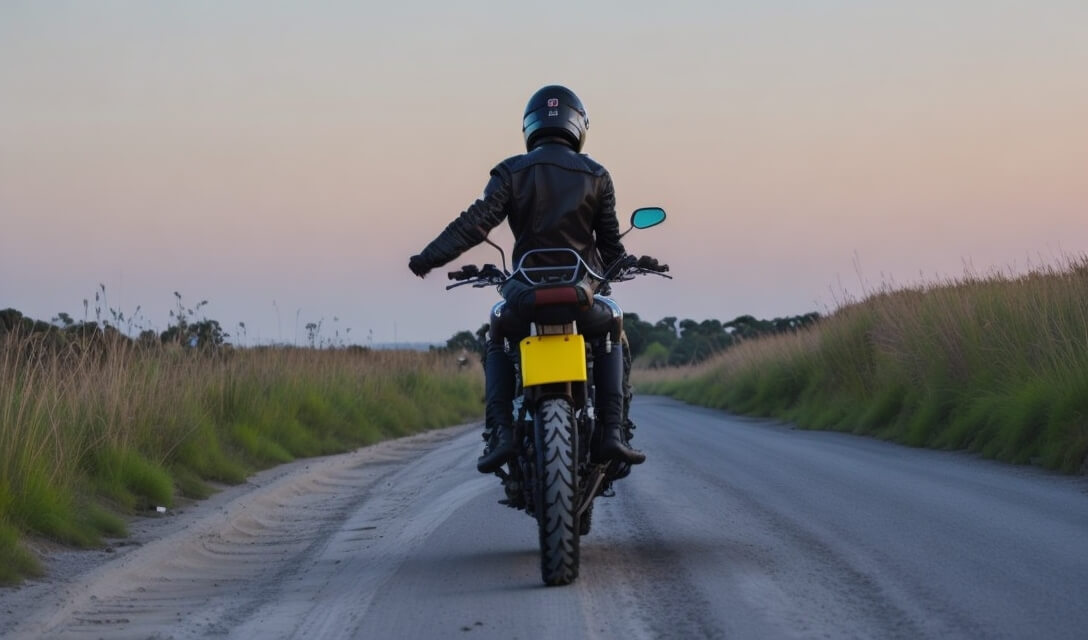
While there are variations in motorcycle hand signals worldwide, certain gestures are universally recognized and used by bikers. This section provides a comprehensive guide to the most common bikers’ hand signals, their context, and tips for effectively using them on the road.
- Left Turn: Extend your left arm straight out from your side to indicate a left turn. This signal is simple but vital, as turning without signaling can lead to dangerous situations on the road.
- Right Turn: Extend your left arm out at a 90-degree angle, with your elbow bent upward. While motorcycles have built-in indicators for right turns, this hand signal is still useful in scenarios when the electronic indicator is not functional or visible to other drivers.
- Stop: Extend your left arm out at a 90-degree angle, with your palm facing backward. This hand signal can be a lifesaver, especially in situations when your brake light isn’t functioning correctly or when you need to signal a sudden stop.
- Slow Down: Extend your left arm out at a 45-degree angle, with your palm facing downward and moving up and down. This is especially useful in group rides to alert following bikers about a reduction in speed.
- Speed Up: Extend your left arm out at a 45-degree angle, with your palm facing upward and moving up and down. Similar to the ‘slow down’ signal, this is most commonly used in group rides to maintain a uniform speed.
- Hazard on Road: Extend your left arm out at a 45-degree angle, with your index finger pointing down. Use this signal to point out road hazards like potholes, debris, or oil spills.
- Single File: Extend your left arm straight up with your index finger pointing upward. This signal is often used by the ride leader in a group ride to indicate that the bikers should move into a single file, typically due to oncoming traffic or road conditions.
- Staggered Formation: Extend your left arm straight up with your index and middle fingers pointing upward. This hand signal indicates that the group should adopt a staggered formation, a more spread out arrangement that is often used on open roads or highways.
- Group Stop: Extend your left arm straight up and make a fist. This is a clear and easy way to signal to the group that a stop is required, whether for a break, refueling, or to regroup.
- Fuel Stop: Tap the top of your helmet with your open palm. This signal can be a godsend during long group rides, effectively communicating the need for a fuel stop without having to resort to shouting or trying to catch someone’s attention.
- Police Ahead: Tap the top of your helmet with your open palm and point forward. This signal helps alert other riders to the presence of law enforcement officers ahead, encouraging them to check their speed and ensure they are riding within the law.
- Road Debris: Extend your left arm out at a 45-degree angle, with your index finger pointing up and making a circular motion. Use this signal to indicate that there is debris on the road that could potentially be hazardous to other riders.
These are just a few of the essential motorcycle hand signals that every rider should be familiar with. Keep in mind that these signals should be performed clearly and in plenty of time to ensure that they are seen and understood by other riders and road users.
While this non-verbal communication system is vital for rider safety, it also serves another purpose: strengthening the bond among the motorcycle community.
Beyond Safety: Motorcycle Hand Signals as a Part of Riders Culture

Motorcycle hand signals are not only vital for safety—they’re also a cornerstone of rider culture. This system of non-verbal communication goes beyond practicality, fostering a sense of community and camaraderie amongst riders.
As with any culture, the motorcycle community has its language, customs, and traditions. Hand signals, in this context, are like a secret language known only to those who ride. The ability to communicate with another rider, to warn them of a hazard or suggest a stop for fuel, is a part of the bond that unites bikers.
The use of hand signals also signifies respect amongst riders. When a biker uses a signal to communicate, they are showing that they care about the safety and well-being of their fellow riders. This respect for each other is a defining trait of the motorcycle community, and it’s why these hand signals have become a staple in riders culture.
Perhaps one of the most iconic signals that have come to symbolize the motorcycle community’s spirit is the infamous ‘biker wave’. This wave is a universal symbol of camaraderie amongst bikers. The biker wave isn’t a specific hand signal with a practical function like signaling a turn or stop. Instead, it’s a simple gesture of recognition, an acknowledgement from one rider to another.
Performing the biker wave when you pass another rider on the road is a way to say, “I see you, fellow rider. We share a love for the open road and the freedom it brings.” It’s a powerful symbol of the respect and solidarity that exists within the motorcycle community.
Understanding and using motorcycle hand signals is thus a mark of a seasoned rider. They help you navigate the roads more safely, and they also serve as a bridge, connecting you to the broader motorcycle community.
So, while it’s essential to learn hand signals for safety reasons, remember that they are also a part of the shared culture and tradition of the biking community. By learning and using these signals, you’re not only becoming a safer rider—you’re also becoming a part of a vibrant and close-knit community.
Frequently Misunderstood or Misused Hand Signals Among Bikers
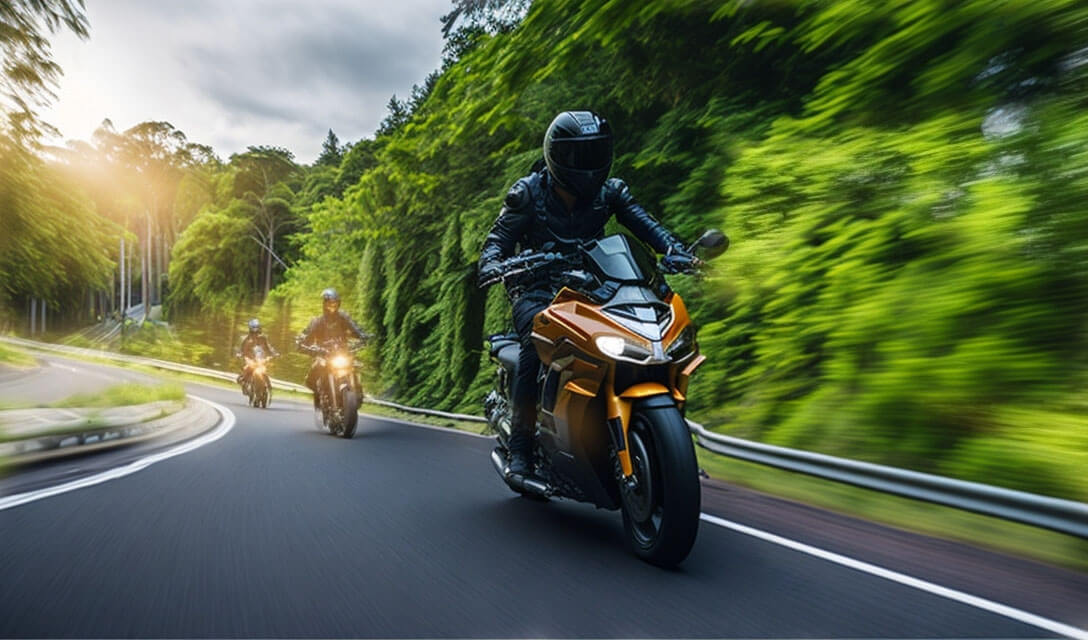
Despite the importance of motorcycle hand signals in ensuring road safety, they can sometimes be misunderstood or misused. This section covers some of the commonly misconstrued signals and offers tips for correct usage to prevent confusion on the road, thus reinforcing bikers’ safety.
- Hazard on Road vs. Slow Down: While both signals involve the left arm extended at a 45-degree angle, the hazard on the road signal involves pointing the index finger down, whereas the slow down signal has the palm facing downward. Misunderstanding these signals can lead to dangerous situations, so it’s crucial to distinguish between the two.
- Fuel Stop vs. Police Ahead: These two signals both involve tapping the top of the helmet with an open palm but differ in the additional gestures. The fuel stop signal ends there, but the police ahead signal involves an additional pointing forward. Confusing these two can lead to unnecessary pit stops or missed warnings about law enforcement ahead.
- Single File vs. Staggered Formation: Both signals involve extending the left arm straight up but differ in the number of fingers pointing upward. One finger signals single file formation, while two fingers signal a staggered formation. Miscommunication here can disrupt group dynamics and lead to confusion on the road.
- Left Turn vs. Stop: Though both involve the left arm being extended, the stop signal is at a 90-degree angle with the palm facing backward, while the left turn signal is with the arm extended straight out from the side. These two signals are often misunderstood, causing confusion and potentially leading to accidents.
- Right Turn vs. Group Stop: Both these signals involve bending the left arm at a 90-degree angle. However, the right turn signal requires the elbow to be pointing upward, while the group stop signal needs the arm to be raised with a fist. Misinterpreting these signals in a group ride could lead to unexpected stops or missed turns.
Understanding and using these hand signals correctly is an integral part of motorcycle safety. Misunderstandings can lead to hazardous situations, particularly when riding in a group. As such, it’s critical to learn, practice, and perfect these hand signals before hitting the open road.
Additional Terms Related to Motorcycle Hand Signals
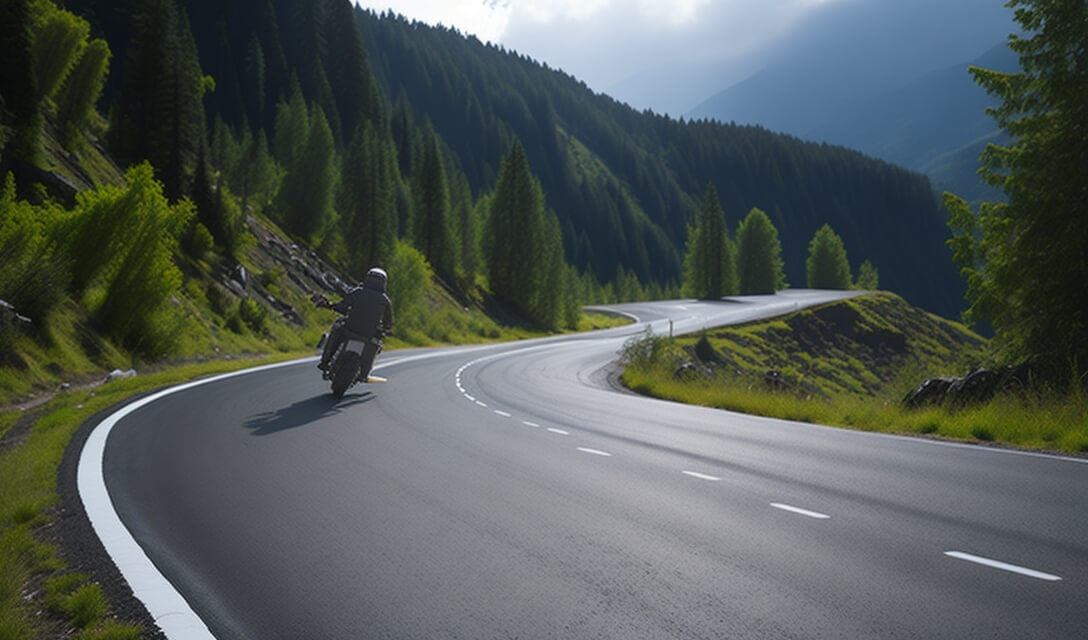
In addition to understanding and correctly using motorcycle hand signals, there are several related terms that every rider should familiarize themselves with. Knowing this language not only enhances rider safety but also aids in more profound integration into the vibrant riders culture.
- Countersteering: A technique used at high speeds where the rider briefly steers the handlebars in the opposite direction of the turn to initiate the lean required for the turn.
- High Side: A type of motorcycle accident that happens when the bike flips over, usually as a result of the rear wheel skidding or catching traction abruptly.
- Low Side: Another type of motorcycle accident where the bike slides out from underneath the rider after losing traction.
- Lane Splitting: This term refers to a controversial practice where a motorcyclist rides between lanes of slow-moving or stopped traffic. This practice is reflected in a hand signal too.
- Apex: The apex or the clipping point is the innermost point of the line a motorcycle rider takes through a curve.
- Chopper: A type of motorcycle that was either modified from an original motorcycle design (“chopped”) or built from scratch to have a unique hand-crafted appearance.
- Café Racer: A type of motorcycle, as well as a type of motorcyclist, known for speed and agility rather than comfort. Café Racers are usually stripped down to the essentials and have an aggressive riding position.
- Stoppie: A maneuver performed by applying the front brake hard enough to lift the rear wheel off the ground.
- Endo: Similar to a stoppie but performed at higher speeds, causing the bike to flip over.
- Squid: A derogatory term for a reckless motorcyclist who prioritizes speed over safety, often without proper safety gear.
Understanding these terms is crucial for anyone delving into the world of motorcycles. While hand signals are vital for safety on the road, this language helps you connect on a deeper level with other riders, enhancing your experience both on and off the road.
Conclusion
As we bring this guide to a close, let’s circle back to the main takeaway: Motorcycle hand signals are an essential aspect of every rider’s safety. They are not just a set of gestures but a universal language, bridging gaps between riders worldwide, nurturing a unique culture embedded with values of camaraderie, respect, and shared passion.
When you’re out on the road, it’s these silent communications, from a simple thumbs up to a critical alert about a hazard, that can make all the difference. They bring a sense of order amidst the roaring engines, a connection amidst the solitary rides, and a culture that resonates with the unspoken rule of the road: look out for each other.
Yet, as crucial as they are, motorcycle hand signals are often overlooked, misunderstood, or misused. New riders, in particular, might feel overwhelmed with the amount of information to remember. But as we’ve seen through this guide, learning and using these signals correctly can significantly enhance riders’ safety.
In addition, understanding the related motorcycle terms can immerse you more deeply into the rider culture, allowing you to connect on a different level with other bikers. There’s a unique sense of belonging that comes with this understanding, and it’s a feeling that goes beyond just sharing the road.
As we conclude, remember that the key to mastering motorcycle hand signals lies in consistent practice. Use every ride as an opportunity to reinforce your knowledge and finesse your signals. Safety should always be your number one priority on the road, but equally important is to respect and uphold the vibrant biker culture that these signals symbolize.
The journey to becoming a skilled, responsible, and cultured rider is a continuous one. May the hand signals guide your way, keep you safe, and introduce you to the rich tapestry of experiences that make up the riding world. Happy riding!


